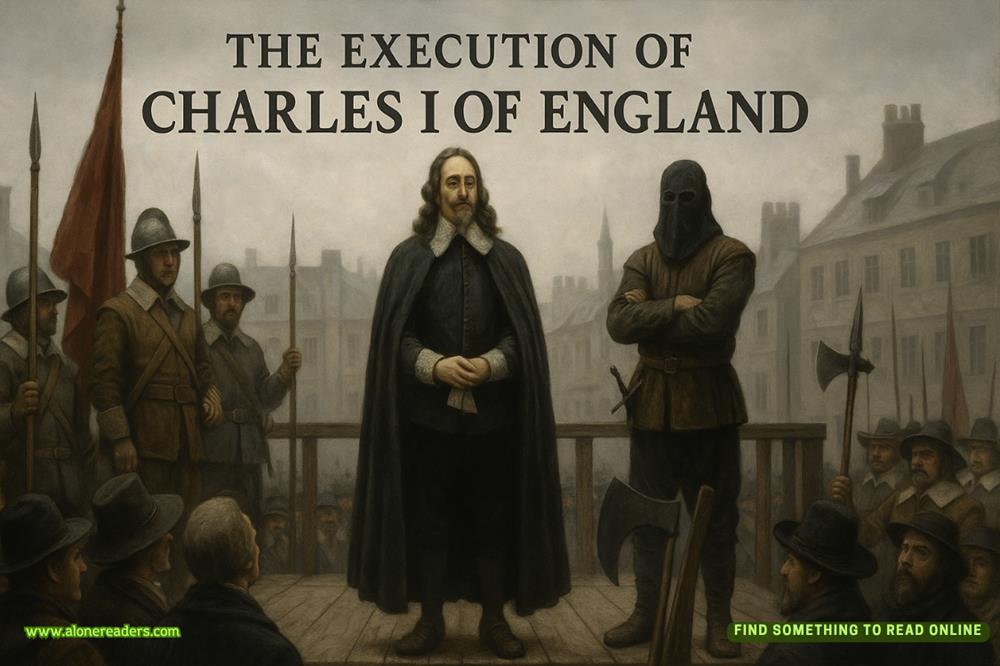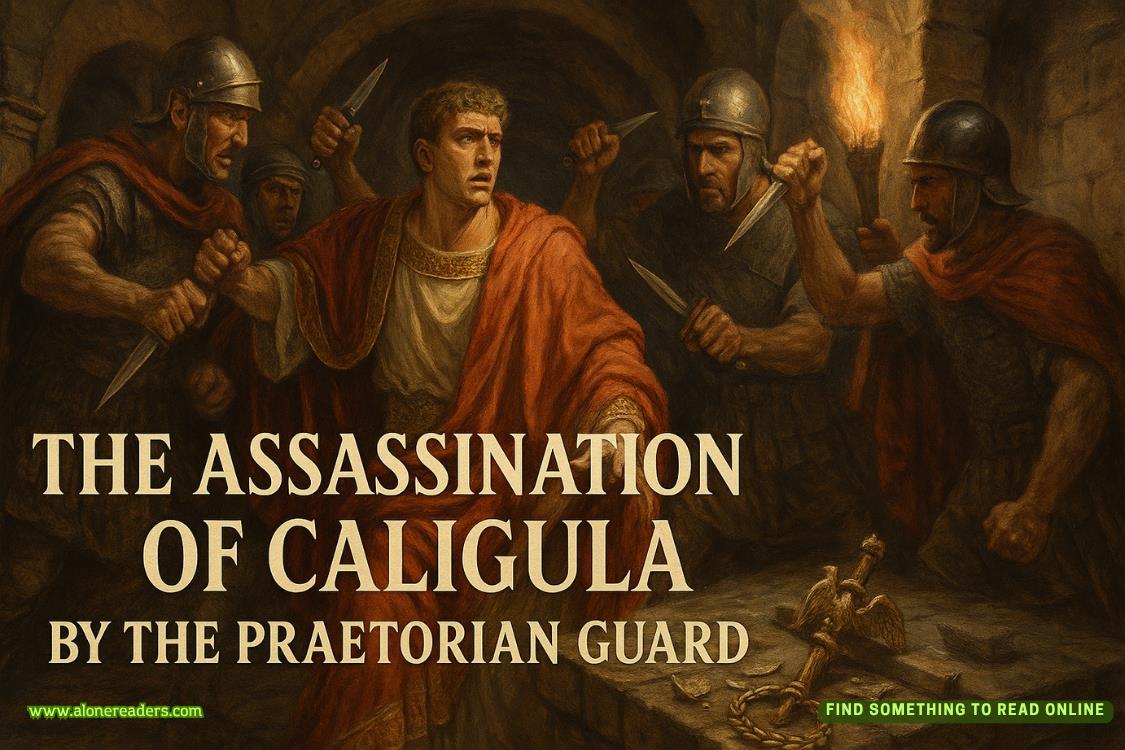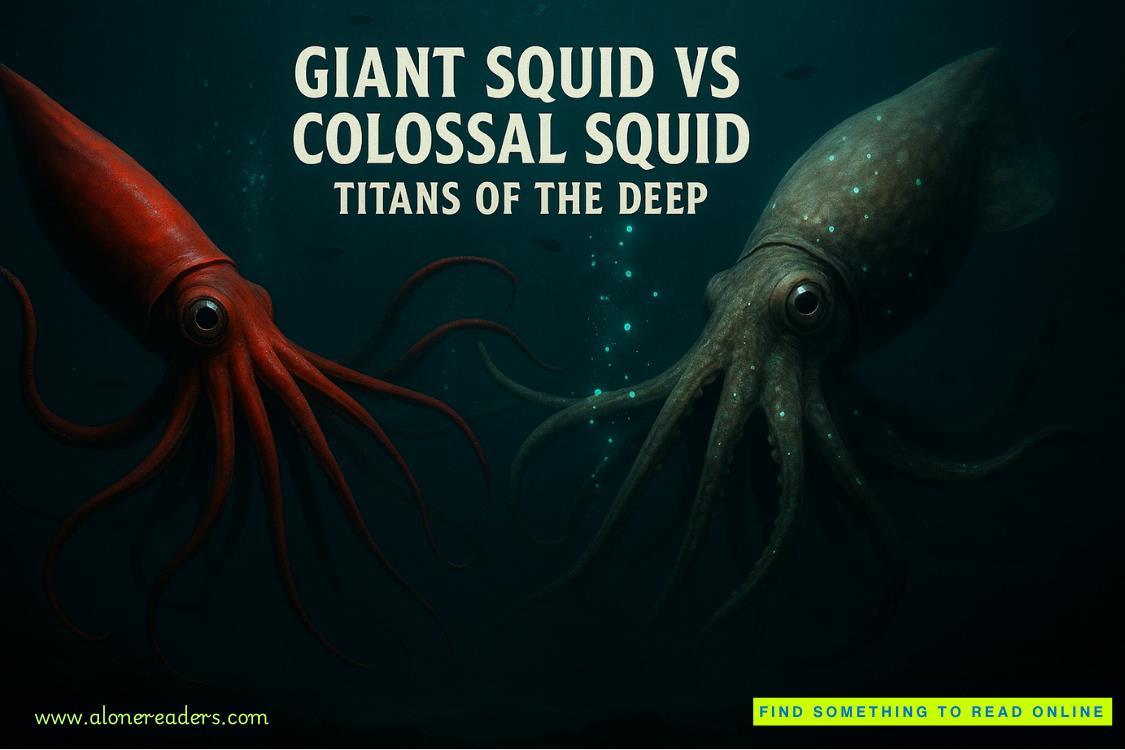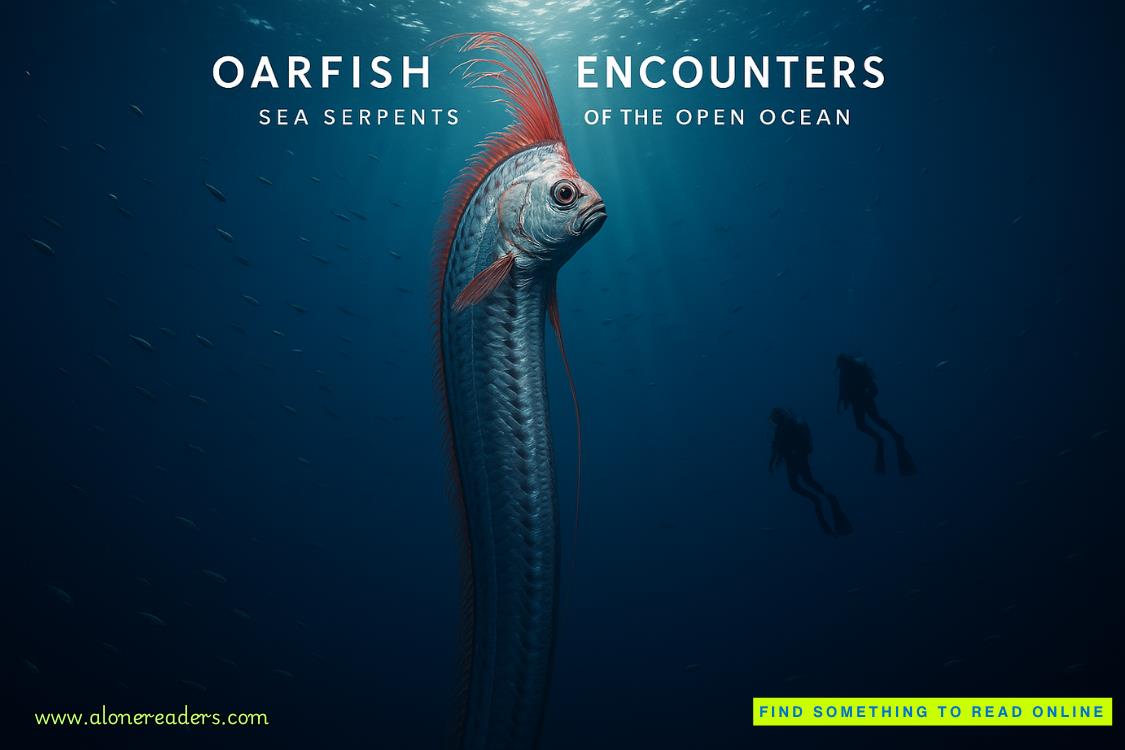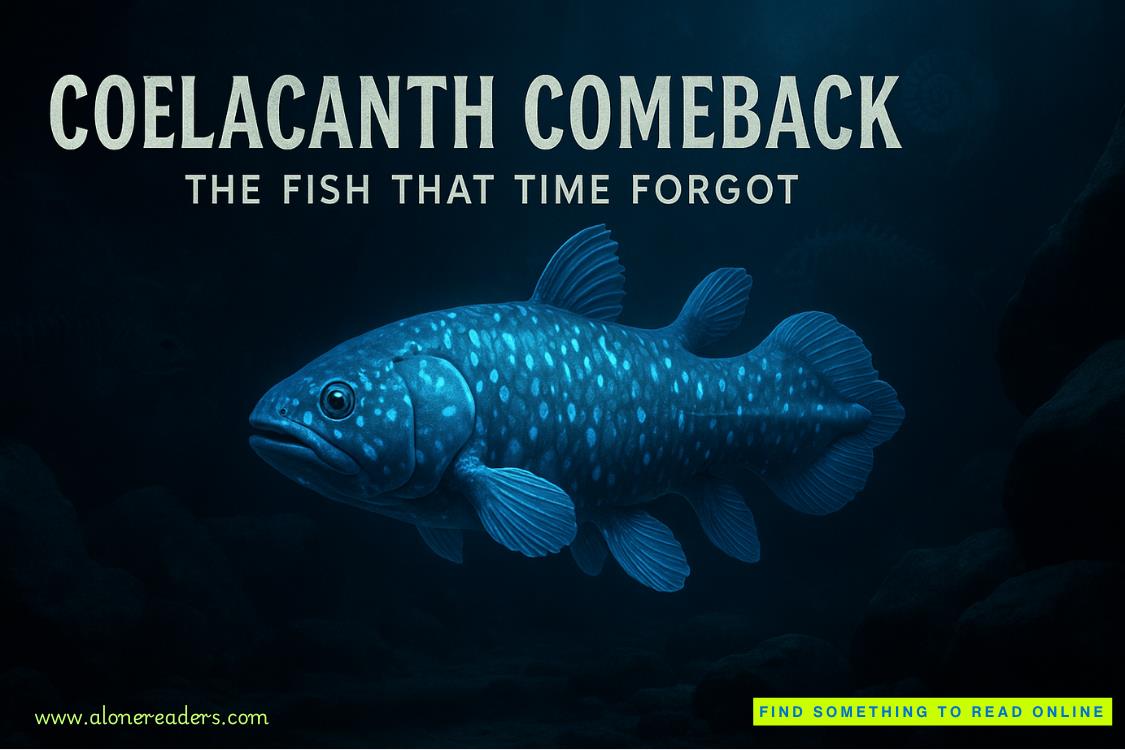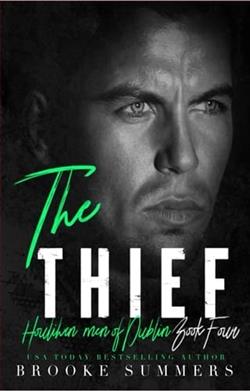Page 55 of Inca Gold (Dirk Pitt 12)
"So they remain an enigma," said Pitt.
"In more ways than one. The Chachapoya people, according to the Incas, were fair-skinned, with blue and green eyes. The women were said to be very beautiful and became highly prized by both the Incas and the Spanish. They were also quite tall. An Italian explorer found a skeleton in a Chachapoyan tomb that was well over two meters."
Pitt was intrigued. "Close to seven feet?"
"Easily," Ortiz answered.
"Any possibility they might have been descendants of early explorers from the Old World, perhaps the Vikings who might have sailed across the Atlantic, up the Amazon, and settled in the Andes?"
"Theories of early transoceanic migration to South America across both the Atlantic and the Pacific have always abounded," answered Ortiz. "The fancy term for pre-Columbian travel to and from other continents is diffusionism. An interesting concept, not well accepted but not entirely ignored either."
"Is there evidence?" asked Giordino.
"Mostly circumstantial. Ancient pottery found in Ecuador that has the same designs as the Ainu culture of northern Japan. The Spanish, as well as Columbus, reported seeing white men sailing large ships off Venezuela. The Portuguese found a tribe in Bolivia whose beards were more magnificent than the Europeans', contrary to the fact that most Indians lacked abundant facial hair. Reports of -livers and fishermen finding Roman or Grecian amphorae in the waters off Brazil come up routinely."
The giant stone heads from the Olmec culture of Mexico show definite features of black Africans,"
said Pitt, "while any number of carved stone faces throughout the Mesoamerican cultures have Oriental characteristics."
Ortiz nodded in agreement. "The serpent heads that decorate many of the Mayan pyramids and temples are the spitting image of dragon heads carved in Japan and China."
"But is there hands-on proof?" asked Gunn.
"No objects that can be conclusively proven as manufactured in Europe have yet to be found."
"The skeptics have a strong case in the lack of pottery lathes or wheeled vehicles," Gunn added.
"True," agreed Ortiz. "The Mayans did adopt the wheel for children's toys but never for practical use.
Not surprising when you consider they had no beasts 'of burden until the Spanish introduced the horse and oxen."
"But you would think they could have found a purpose for the wheel, say for hauling construction materials," Gunn persisted.
"History tells us that the Chinese developed the wheelbarrow six hundred years before it found its way to Europe," Ortiz countered.
Pitt downed the last of his brandy. "It doesn't seem possible an advanced civilization existed in such a remote region without some kind of outside influence."
"The people living in the mountains today, descendants of the Chachapoyas, many of them still fair-skinned with blue and green eyes, speak of a godlike man who appeared among their ancestors from the eastern sea many centuries ago. He taught them building principles, the science of the stars, and the ways of religion."
"He must have forgotten to teach them how to write," quipped Giordino.
"Another nail in the coffin of pre-Columbian contact," said Gunn.
"This holy man had thick white hair and a flowing beard," Ortiz continued. "He was extremely tall, wore a long white robe, and preached goodness and charity toward all. The rest of the story is too close to that of Jesus to be taken literally-- the natives must have introduced events from Christ's life into the ancient story after they were converted to Christianity. He traveled the land, healing the sick, making the blind see again, working all sorts of miracles. He even walked on water. The people raised temples to him and carved his likeness in wood and stone. None of these portraits, I might add, has ever been found. Almost verbatim, the same myth has come down through the ages from the early Mexican cultures in the form of Quetzalcoatl, the ancient god of old Mexico."
"Do you believe any part of the legend?" asked Pitt.
Ortiz shook his head. "Not until I excavate something substantial that I can positively authenticate. We may, however, have some answers quite soon. One of your universities in the United States is currently running DNA tests on Chachapoyan remains removed from tombs. If successful, they will be able to confirm whether the Chachapoyas came from Europe or evolved independently."
"What about Huascar's treasure?" said Pitt, bringing the conversation back on track.
"A discovery that would stun the world," Ortiz answered. "I'd like to think the hoard still exists in some forgotten cave in Mexico." Then he exhaled a cloud of cigar smoke and stared at the evening stars. "The chain would be a fabulous discovery. But for an a
rchaeologist, the great finds would be the huge solid gold sun disk and the royal golden mummies that vanished along with the chain."
"Golden mummies," echoed Gunn. "Did the Incas preserve their dead like the Egyptians?"
"The preservation process was not nearly as complex as that practiced by the Egyptians," explained Ortiz. "But the bodies of the supreme rulers, or Sapa Incas as they were called, were encased in gold and became cult objects in the people's religious practices. The mummies of the dead kings lived in their own palaces, were frequently reclothed with fresh wardrobes, served sumptuous feasts, and maintained harems of the most beautiful women. Chosen as attendants, I might add, not to indulge in necrophilia."


